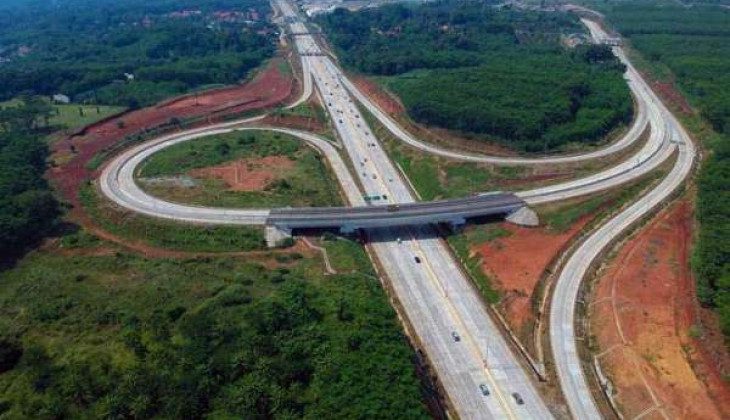Joglosemar is home to world-class attractions. These attractions include Mount Merapi as one of the three most active volcanoes in the world and one of the points that connect the imaginary line in Javanese philosophy.
Dr. Ikaputra stated this at a webinar organized by the UGM Center for Transportation and Logistics Studies (Pustral) on Thursday (15/7). The webinar raised the theme of Initiating the Connectivity of the Joglosemar Region: Strengthening the Historical-Cultural-Spatial Interconnection.
“The presence of early human fossils in Sangiran is also an attraction. This area has been appointed as a world heritage by UNESCO since 1996. Likewise, Borobudur and Prambanan temples have also been recognized as UNESCO world heritage since 1991 and batik in 2009,” he said.
Joglosemar became a reference to the colonial and Javanese versions of the world’s fort cities. These urban patterns in Jogja and Solo accommodate developments from the Hindu era combined with Islamic teachings, as shown by the presence of mosques and the direction of the Qibla.
The elements of a city in Java consist of 4 aspects: the palace, the square, the mosque, and the market. The palace is surrounded by the presence of dalem-dalem as a defense system. For example, in Yogyakarta, it is known as Dalem Notoyudan (war commander), Jogonegaran (state guard), and Kumendaman (commander).
In the era of the industrial revolution, Joglosemar connectivity was built by connecting historical, cultural, and economic resources through the railroad. The existence of tobacco, coffee, indigo, and sugar factories encouraged the construction of this route.
“This railway line is the oldest existing in the region from 1864-1869. In this way, Java has become one of the important points in the development of railways in the world. We should take care of the railway assets that we have,” he explained.
He added that Yogyakarta also has the Kotabaru area as a world-class garden city. Kotabaru was built considering the need for housing for Dutch sugar factory administrators during the construction of a sugar factory in Yogyakarta from 1877 to 1821. This new city then grew into a livable area in 1925 as a Garden City Planning or Burgerlijke Openbare Werken (BOW), which is a work of Indisch architecture.
“Kotabaru is the only garden city in Asia that can be compared to other park cities in the world,” he explained.
As a Senior Researcher at the UGM Center for Transportation and Logistics Studies and a lecturer at the UGM Department of Architecture and Planning, Ikaputra stated that various ideas for the future have been initiated to support connectivity in the Joglosemar area. These include global connectivity, namely the NYIA Aerotropolis, and regional-local connectivity through the idea of the City Light Rail Transit (LRT), and Yogyakarta, which is supported by highway and toll road connectivity. The planning is packaged comprehensively in the ‘Green Transport and Green Regional Planning for Joglosemar’ which has been initiated since 2012.
The Caretaker of the Center for Transportation and Logistics Studies, Prof. Bambang Agus Kironoto, opened the webinar with the moderator Deni Prasetio Nugroho. The plan is also supported by the development of Transit-Oriented Development (TOD)-based stations based on several main principles, such as multimodal connectivity, sustainability, increased access between urban and suburban areas, and the concentration of area development on railway lines and stations. The TOD design was initiated at Yogyakarta and Solo stations.
“The developments of a railway for Greater Solo and the Autonomous Tram in Yogyakarta City also support this urban connectivity plan,” he said.
Source: https://ugm.ac.id/id/berita/21395-menggagas-konektivitas-kawasan-joglosemar
![]()


